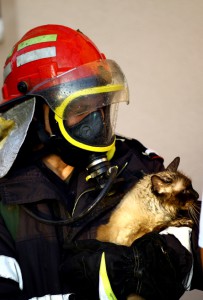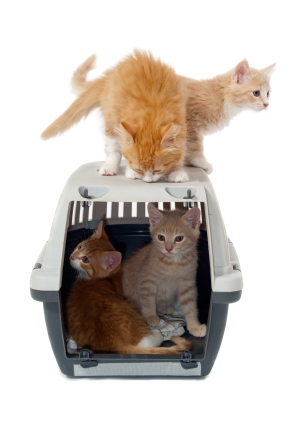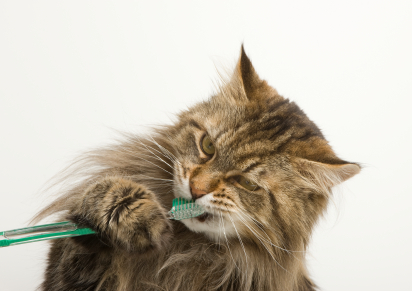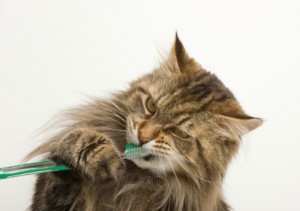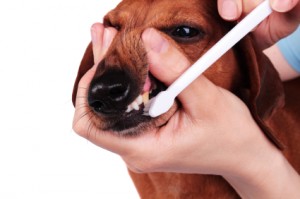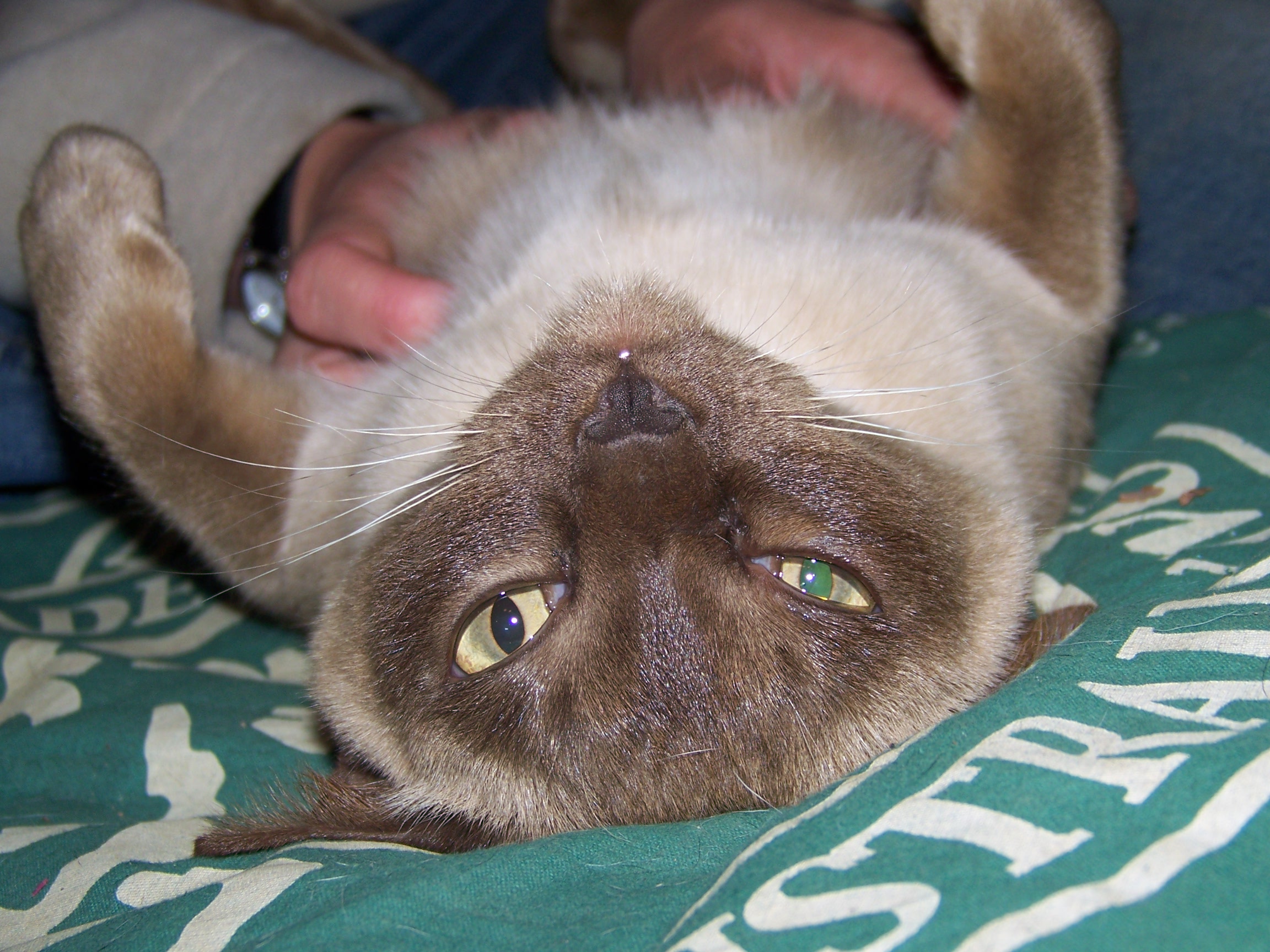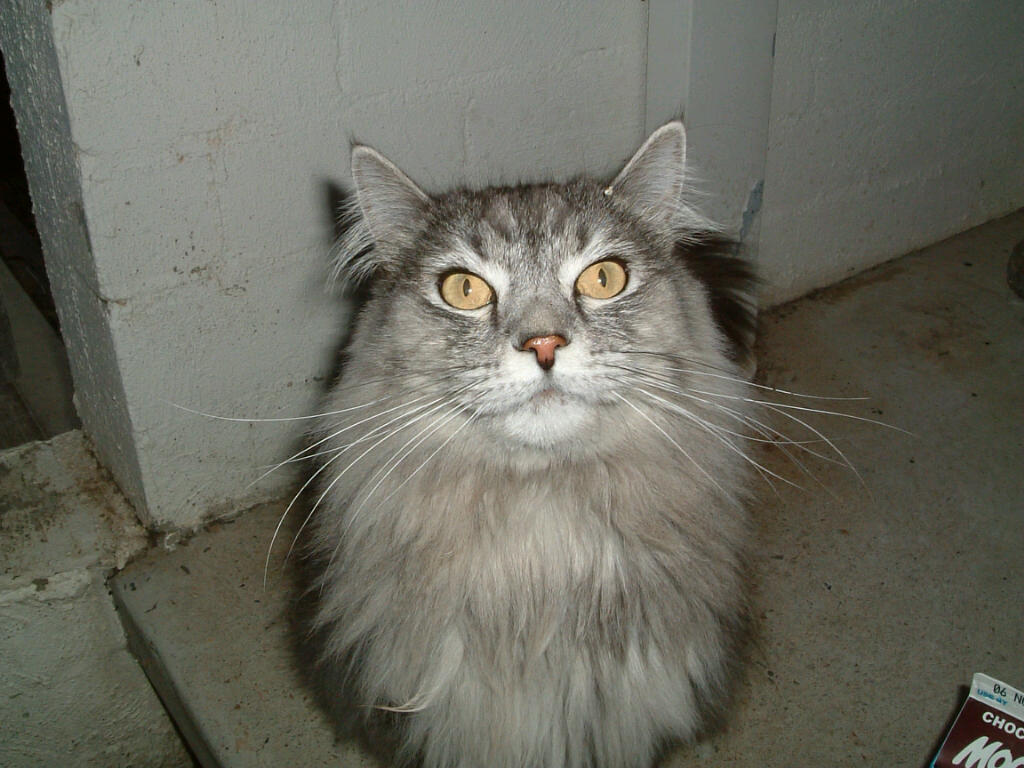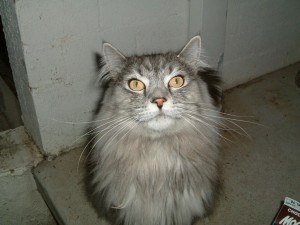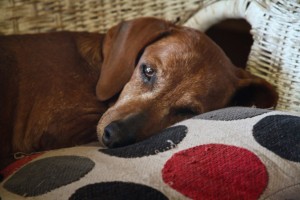The 10th anniversary of the fires that devastated many parts of the ACT in January, 2003, reminds us that we should always be prepared for the unpredictable. Storms, fires and floods can come at any time and affect pets as well as people. Many pets were lost in the fires of 2003. Some were injured or died, others never found their owners and were re-homed or euthanased.
Make sure that your pets are microchipped and that your contact details on the ACT register are up to date. If you have time attach a tag with your mobile number and address, and your vet’s phone number to your pets’ collars so that if someone without access to a microchip scanner picks them up you can be contacted.
Have an emergency kit packed in advance. Include non-perishable food like dry dog kibble, water in spill proof containers, collars, leads, harnesses, cat carrier, litter tray, blankets and treats as well as a first aid kit. The first aid kit should have gauze swabs, bandages, disinfectant, cotton wool, scissors and the appropriate size muzzles for your dogs. Even the most placid animal may react unpredictably when in pain.
Decide where your pets will go if you have to evacuate. You may have family or friends outside the danger zone who would look after them. Kennels or shelters may be available in an emergency.
If you leave your pets at home leave them in the safest enclosed room in the house, usually the bathroom, with food and water. Don’t ever tie animals up as they will injure themselves trying to escape. Leave a notice on the gate or door of the house with your contact details and saying that there are pets inside.

